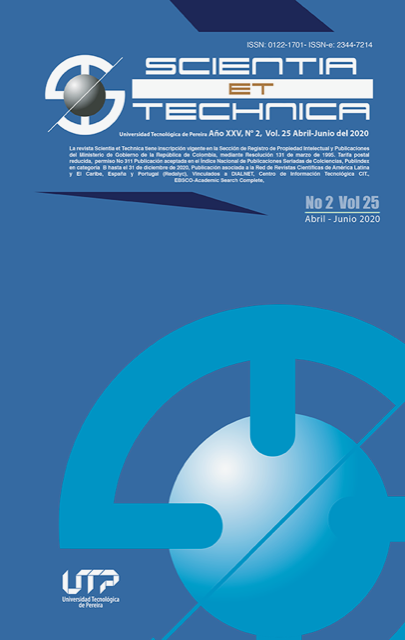What imaginary do children have about bodies inside and outside the solar system and their effects on Earth?
DOI:
https://doi.org/10.22517/23447214.24447Keywords:
astronomy teachingAbstract
In this research, we study the expectations of school students in Bogotá, about topics associated with astronomy. We analyze how they express their knowledge or hypothesis about the parts that make up the solar system, as well as those bodies that may be outside the solar system. Likewise, we analyze the relationships established between the behavior of the universe and the natural phenomena occurring on Earth. We used qualitative research methods focusing on intervention type. Data collection occurs through the planning and development of activities that were reported by the research teacher, as well as from the material produced by students. We developed a descriptive statistical analysis where studying students' responses in each group. Simultaneously, we analyzed the differences in the handling of the language and the understanding of the subjects. The main results were: 1) there are indeed differences in the language they use to talk about the topics according to the context and the school level, 2) it cannot be affirmed that conceptual domain of astronomy is greater in higher school levels than in basic level since we find argumentative differences and equally valid language management at all educational levels and ages, 3) children have interests in a wide variety of astronomy topics, 4) based on the detected interests, courses could be developed around questions such as Why should orbits exist? How to know how far one orbit from the other should be? What allows us to think that planets are aligned on a plane with the Sun? Where should we locate ourselves to "see" the universe? What is the relationship of distances and sizes between the different bodies of the solar system and the universe? What causes the solar system became grouped into a structure? among others.
Downloads
Downloads
-
Vistas(Views): 1151
- PDF (Español (España)) Descargas(Downloads): 645
Published
How to Cite
Issue
Section
License
Copyrights
The journal is free open access. The papers are published under the Creative Commons Attribution / Attribution-NonCommercial-NoDerivatives 4.0 International - CC BY-NC-ND 4.0 license. For this reason, the author or authors of a manuscript accepted for publication will yield all the economic rights to the Universidad Tecnológica of Pereira free of charge, taking into account the following:
In the event that the submitted manuscript is accepted for publication, the authors must grant permission to the journal, in unlimited time, to reproduce, to edit, distribute, exhibit and publish anywhere, either by means printed, electronic, databases, repositories, optical discs, Internet or any other required medium. In all cases, the journal preserves the obligation to respect, the moral rights of the authors, contained in article 30 of Law 23 of 1982 of the Government Colombian.
The transferors using ASSIGNMENT OF PATRIMONIAL RIGHTS letter declare that all the material that is part of the article is entirely free of copyright. Therefore, the authors are responsible for any litigation or related claim to intellectual property rights. They exonerate of all responsibility to the Universidad Tecnológica of Pereira (publishing entity) and the Scientia et Technica journal. Likewise, the authors accept that the work presented will be distributed in free open access, safeguarding copyright under the Creative Commons Attribution / Recognition-NonCommercial-NoDerivatives 4.0 International - https://creativecommons.org/licenses/by-nc-nd/4.0/deed.es license.



